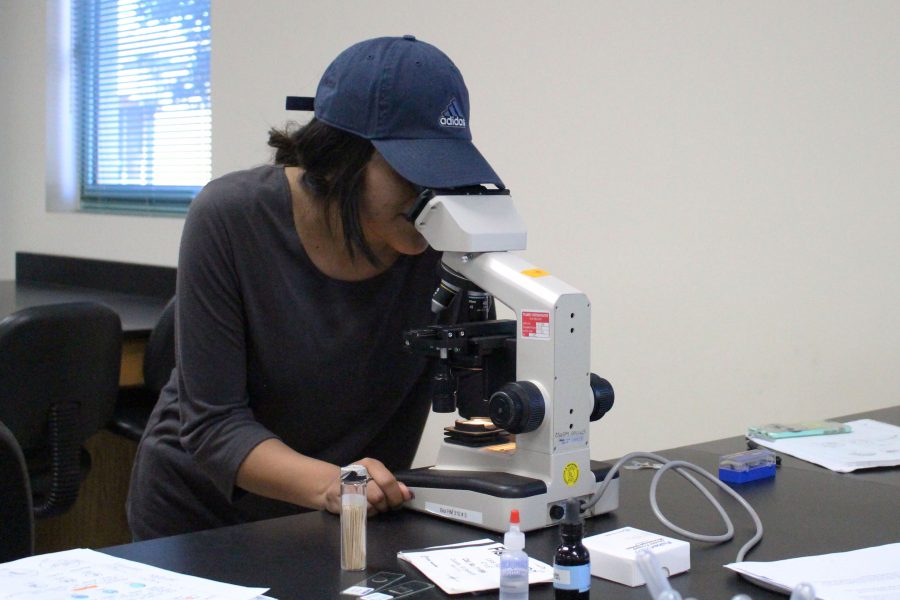Why protein folding isn’t boring
September 28, 2016
There’s a reason proteins make up such a large portion of our bodies: They are versatile molecules.
They are essential for nearly every important biological function; from helping to harvest energy from food as various enzymes to making up the major portion of skin as collagen. Proteins are the real movers and shakers of life at the molecular level.
When proteins are synthesized, they’re floppy chains of amino acids that need to achieve a certain shape in order to work properly. This process is similar to the function of tools.
A knife isn’t a knife without a sharp edge and dull handle and a hammer isn’t a hammer without a long handle and heavy head. Both a knife and hammer can be made out of wood and metal, but it is the shape these materials have been worked into which gives each tool its function.
The same can be said for proteins. “Protein folding” is the way proteins gain their shape and by extension, their function.
We only have limited knowledge about how chains of amino acids fold into functional proteins but when proteins fold incorrectly, there are obvious consequences.
The word, “proteopathy” refers to a class of diseases caused by the misfolding of proteins. Alzheimer’s disease, Parkinson’s disease and Mad Cow disease (a prion disease) are among the familiar protopathic diseases.
The highly heterogeneous process of protein folding is akin to a molecular origami figure without any set instructions. No two proteins in a sample will ever fold exactly the same way — even if one looks at the process with refined “eyes”.
A solution exists for such complex biochemical processes: single molecule detection.
By detecting and characterizing protein molecules one at a time, the tiny motions that define a folding pathway are studied in isolation of any other signals that a larger number of protein molecules would give off.
Proteins don’t fold into several, well-defined, intermediate shapes before finding their final folded structure. In fact, some proteins exist in constantly-changing and intrinsically-disordered forms.
Many of the proteopathic diseases mentioned before are caused by this class of protein. Intrinsically-disordered proteins have been difficult to study because they don’t take on a static conformation like classical proteins. They tend to interact with their surroundings in dynamic ways.
Single molecule analysis makes it much easier to study these mysterious shapeshifting molecules of life. See, not as boring as you think right?


